Features to consider when choosing the best Bluetooth microphone
Bluetooth devices come with unique features that suit different users. Maybe you prefer a device with less charging time and more working hours like Lewinner Wireless Lavalier Microphone. Or you need a model you can carry around and use in different places.
In short, there are lots of features you can narrow down to get an impressive Bluetooth device, but the good news is you don’t have to look at them all.
In this section, we will focus on the main ones like the polar pattern, construction, compatibility and others.
Compatibility
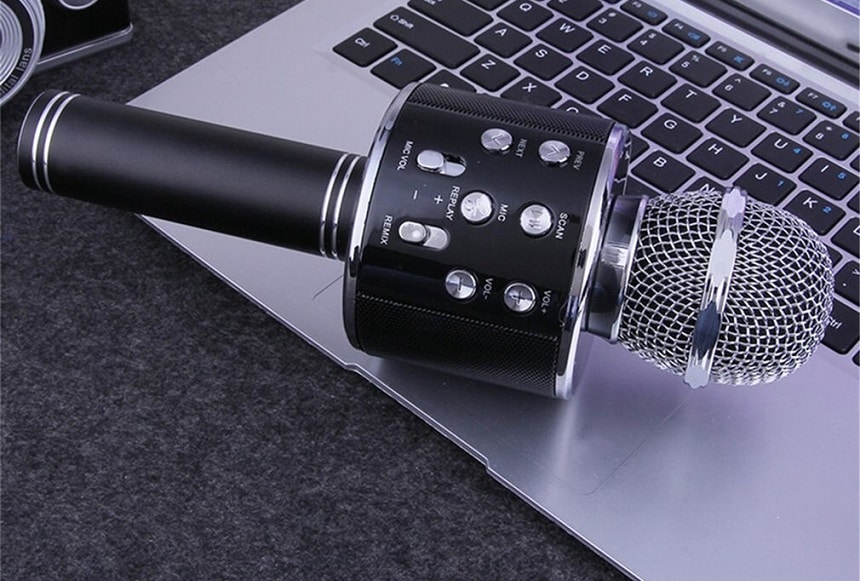
Unless your manufacturer clarifies that your Bluetooth microphone is compatible with a device, it’s pointless to try and pair them.
It’s good to get a device that pairs with the device you want to use it with, but it’s even better if it’s compatible with multiple devices.
So, it’s worth confirming if a Bluetooth microphone you want can connect to your iPhone, laptop, or Bluetooth speaker before purchase.
Our models like KIDWILL Wireless Bluetooth Karaoke Microphone are compatible with smartphones through Bluetooth or USB cable.
Bietrun WXM04 Wireless Microphone also connects with multiple devices from laptops to androids.
Type
There are several types of Bluetooth microphones, from bidirectional microphones, stereo microphones, cardioid microphones, and Omni-directional microphones.
Cardioid microphones capture the sound in front of the microphone, meaning you can use them to record in places with background noises. Experts say they suit live streaming video games.
Bidirectional mics capture voices from behind and in front of the microphone. However, you won’t be able to capture the ones originating from the sides. We recommend them for interviews.
Omnidirectional microphones, on the other hand, are unique and you can use them to capture sound in a 360° pattern. We recommend them for conference calls.
The last type of Bluetooth microphone is the stereo microphone that incorporates two inbuilt microphones picking up sound from the left and right directions.
Bluetooth and UHF systems
Another crucial factor to consider is the wireless frequency capability of your microphone.
Ideally, you should target a model with a decent frequency, which can be ultra-high frequency (UHF) and very high frequency (VHF) that are the two prominent Bluetooth technology providers.
Devices that operate on UHF like ARCHEER UHF Bluetooth Wireless Microphone System are good and generate clear sound, but require more power to function effectively. The only shortcoming is they’re pricey.
VHF technology only requires less power to operate, but you may experience some disturbance in your audio. Most models using the tech are affordable.
Size and weight
Different Bluetooth microphones vary in size and shape.
If you are traveling or going camping, you should target lightweight equipment you can carry with ease. Pick a model with a soft handle and grips like Lewinner Wireless Lavalier microphone. You should also pick a model that fits in your backpack with ease.
Working time and charge time
It’s embarrassing to be in the middle of a karaoke session only for your machine to power off. Oops!
That’s why you should target devices with good working time, say 7 to 9 hours. Normally, most manufacturers indicate the working and the charging time but if you can find it, inquire first.
If you’ll use your device for an entire day, pick a model with less charging time and more working hours like GOODaaa Wireless Karaoke Microphone.





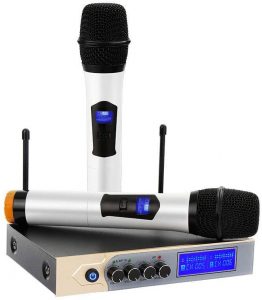
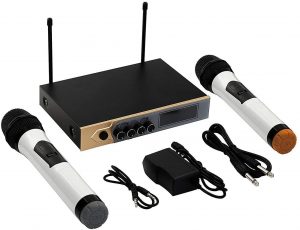
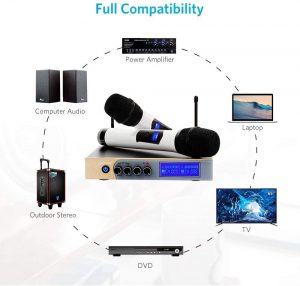
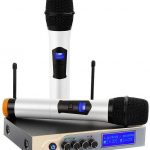
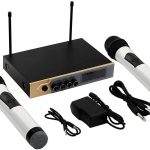
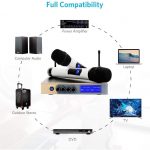
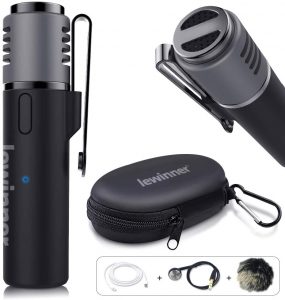
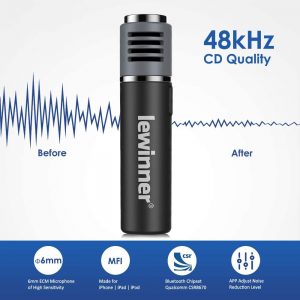
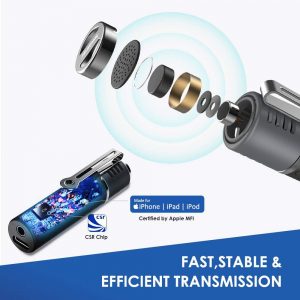
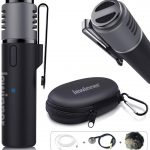
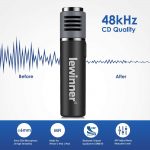


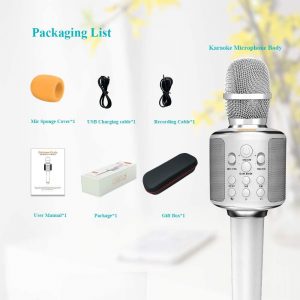
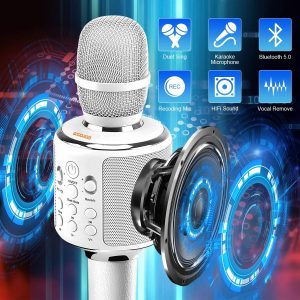
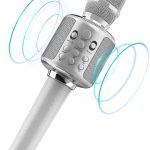
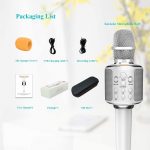
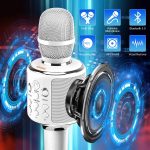
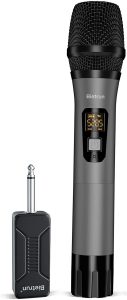
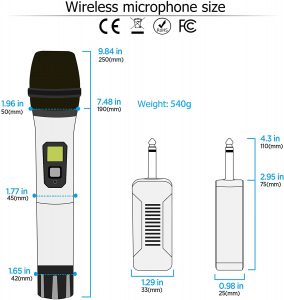
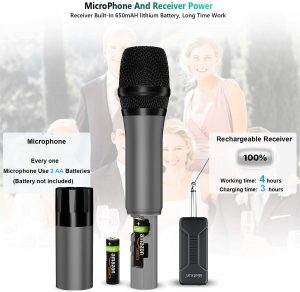
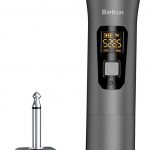
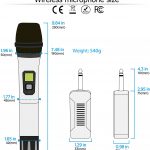
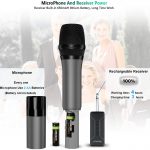
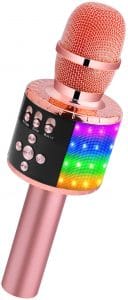
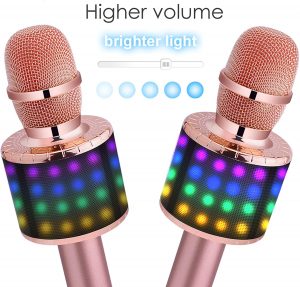
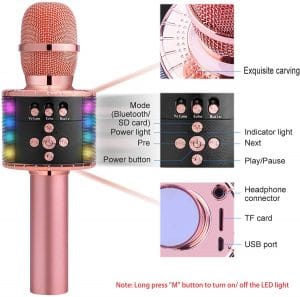
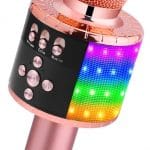

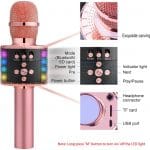
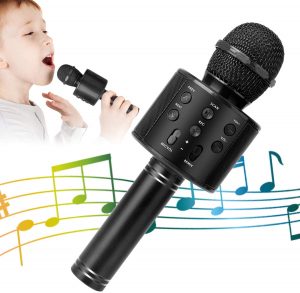
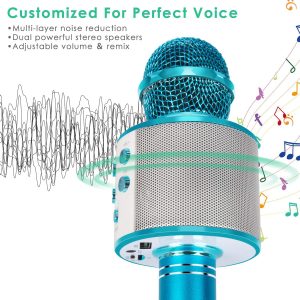
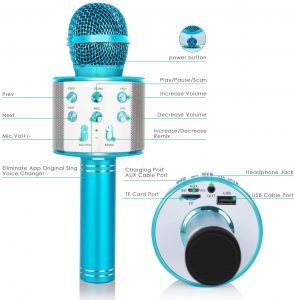


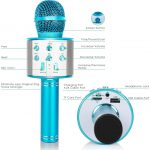

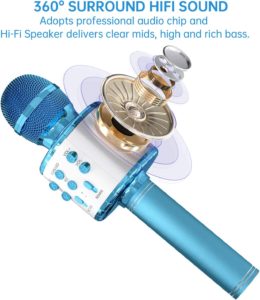
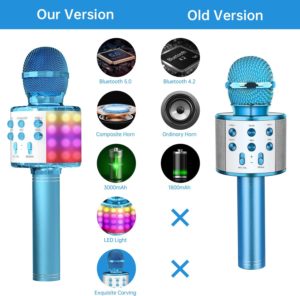
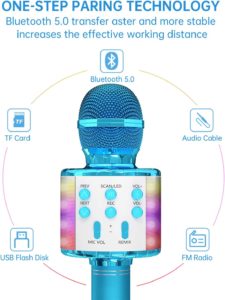
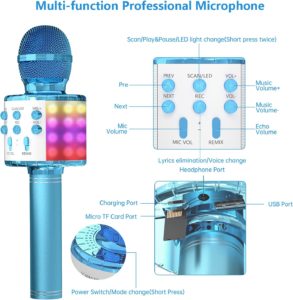
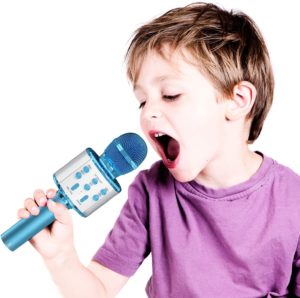

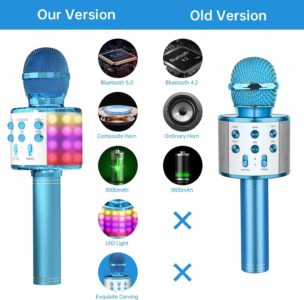
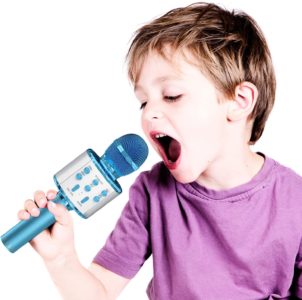
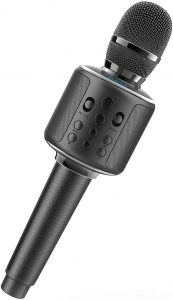
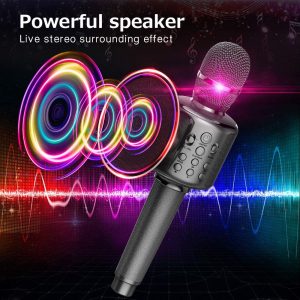
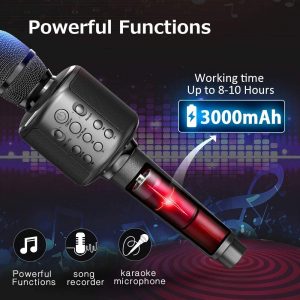








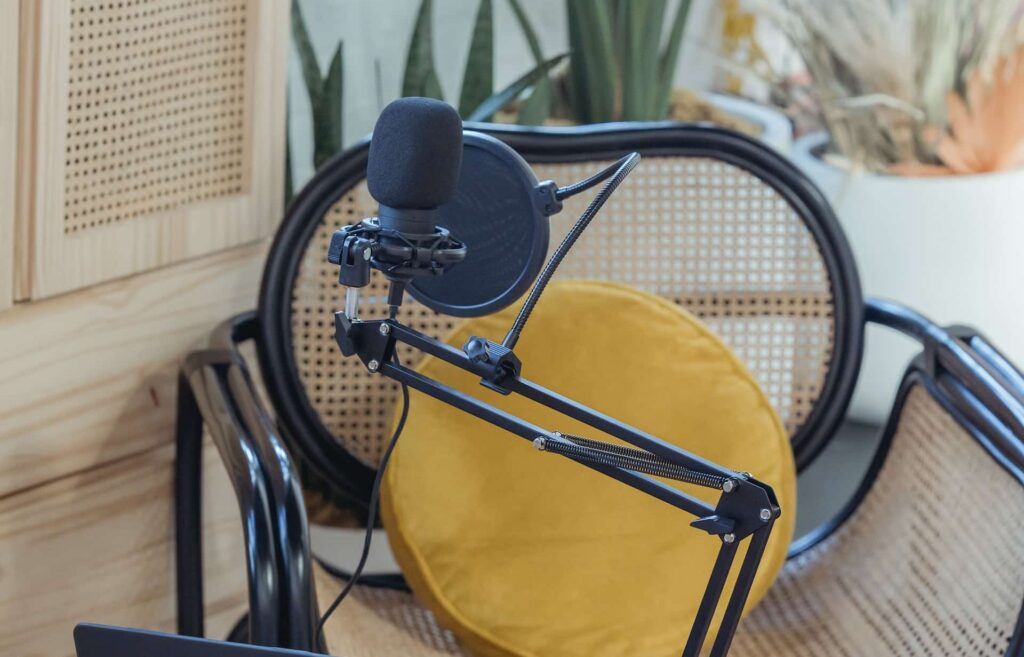

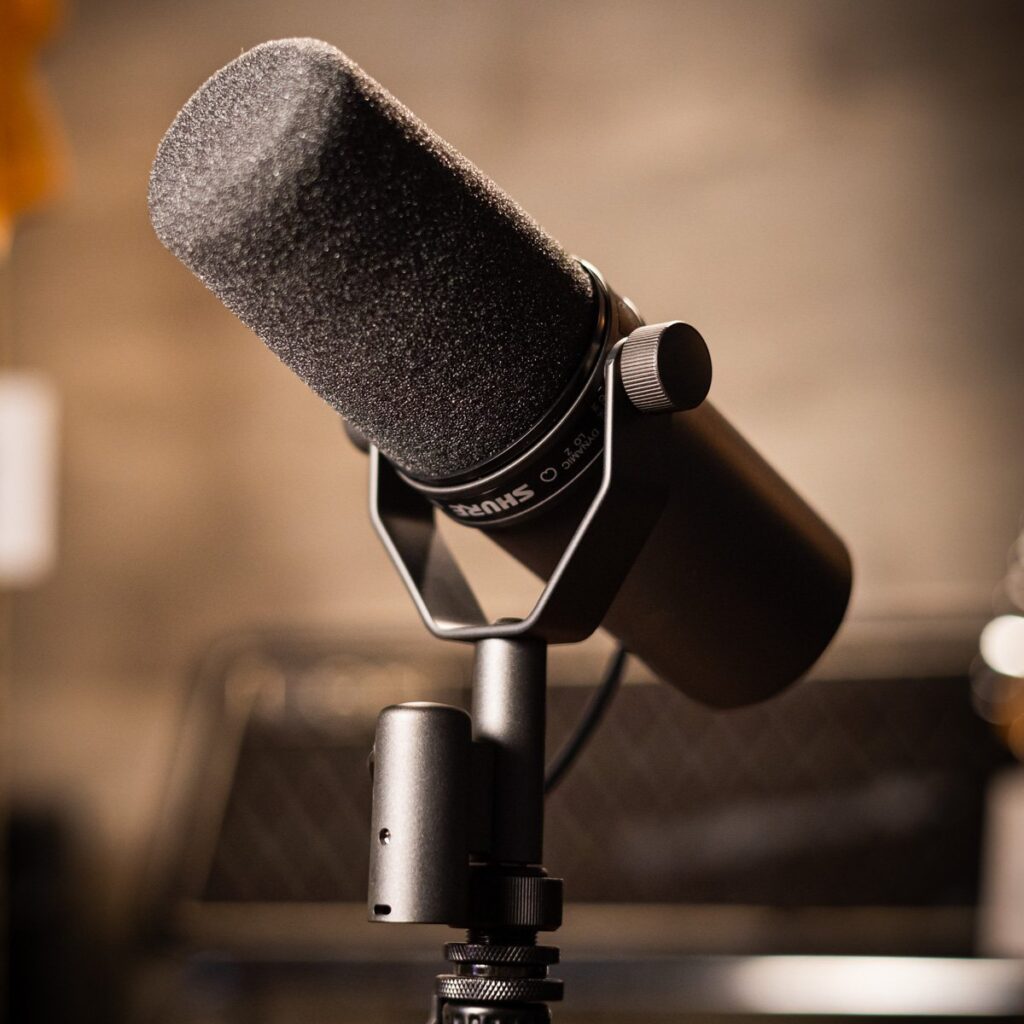

Not sure what authors mean about “Bluetooth UHF and VHF microphones”. Bluetooth is a digital transmission technology operating in 2.4GHz unlicensed band, and this is different from old FM-modulated wireless microphones. There are also analog FM microphones working at 900MHz and 2.4GHz. While being wireless, they are NOT Bluetooth.
I am wondering if the ones reviewed are really Bluetooth devices, or the authors think that all wireless microphones are the same?